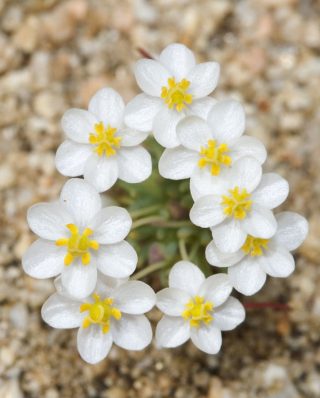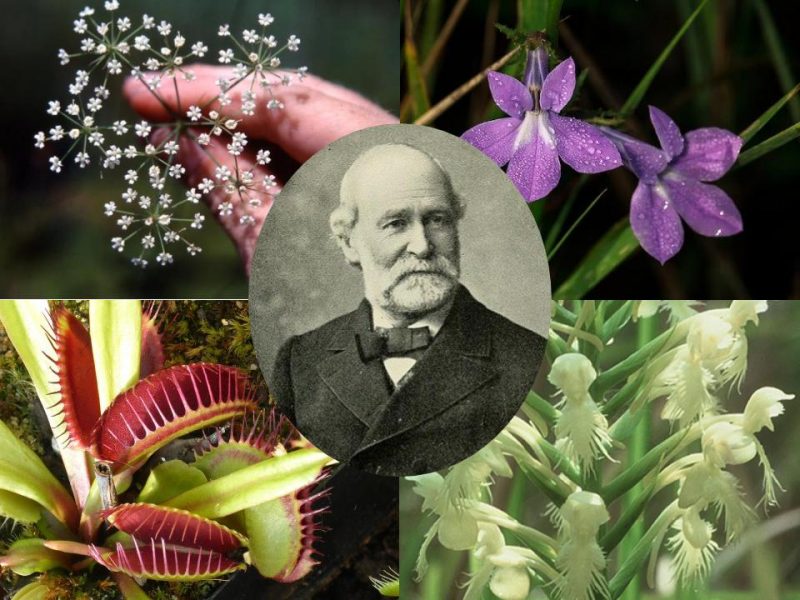Follow in the Footsteps of Giants Through Citizen Science!
Posted in Past and Present on April 10, 2019 by Charles Zimmerman
Charles Zimmerman is the Herbarium Collections and Outreach Administrator for the William and Lynda Steere Herbarium at The New York Botanical Garden.

On National Citizen Science Day (April 13), NYBG’s William and Lynda Steere Herbarium is pleased to invite all who share a passion for nature and exploration to join our latest virtual expedition to uncover the historic collections of one of the most influential amateur naturalists of the 19th century.
At the time businessman and philanthropist William M. Canby (1831–1904) became fascinated with botany, no one had coined the term “citizen scientist.” Nonetheless, as Canby surveyed lands for his railroad construction projects, he became an avid naturalist. Over a 40-year career, Canby collected tens of thousands of wild plants, organized his own herbarium, and financed dozens of expeditions across the United States.
Despite having few academic credentials, Canby earned a stellar reputation among leading contemporary naturalists of his time, including Asa Gray and John Muir, who accompanied him on many collecting trips. Even Charles Darwin was impressed by Canby’s acumen for observation, especially relating to carnivorous plants such as the Venus flytrap (Dionea).
Though he rarely published his own observations, Canby made his impact on the study of biodiversity by collaborating extensively with botanical specialists who employed his vast collection to discover hundreds of new plant species. Recognizing the tremendous scientific value of his collections, Canby made sure they were deposited safely in herbaria, where they could be preserved and studied in perpetuity. Today, over 30,000 of Canby’s original specimens are housed at The New York Botanical Garden.
Enabled by modern digitization and crowdsourcing technology, NYBG’s virtual expeditions make it easy and fun to collect observations from historic specimens such as Canby’s that are useful to scientists today. By viewing images of herbarium specimens and recording where and when plants were collected from the wild, you can help to reconstruct past botanical landscapes, allowing scientists to trace the progression of native and invasive species in response to environmental changes.

Through NYBG’s latest virtual expedition, citizen scientists will help record important data from all 30,000 of William Canby historic collections. However, these are a tiny fraction of the archive of biodiversity in the Steere herbarium. Hundreds of thousands of specimens collected over the centuries and from around the world still await to be uncovered.
All are welcome to join our community by attending our 3 p.m. workshop on Citizen Science Day (look under “Tours and Activities” to RSVP), or visit our website for online resources that will train you to interpret specimens. Check back with us regularly, as we are always launching more virtual expeditions to explore new places, people, and plants!
If you want to learn about other virtual volunteering projects at The New York Botanical Garden, check out the Transcribing Torrey Project organized by the LuEsther T. Mertz Library and the NYBG Citizen Science homepage.
Sources:
J.N. Rose, 1904, “William M. Canby”, Botanical Gazette, 37(5): 385-387
JSTOR, Global Plants, “Canby, William Marriott (1831-1904)”, https://plants.jstor.org/stable/10.5555/al.ap.person.bm000150660 [Accessed: 4/5/2019]

